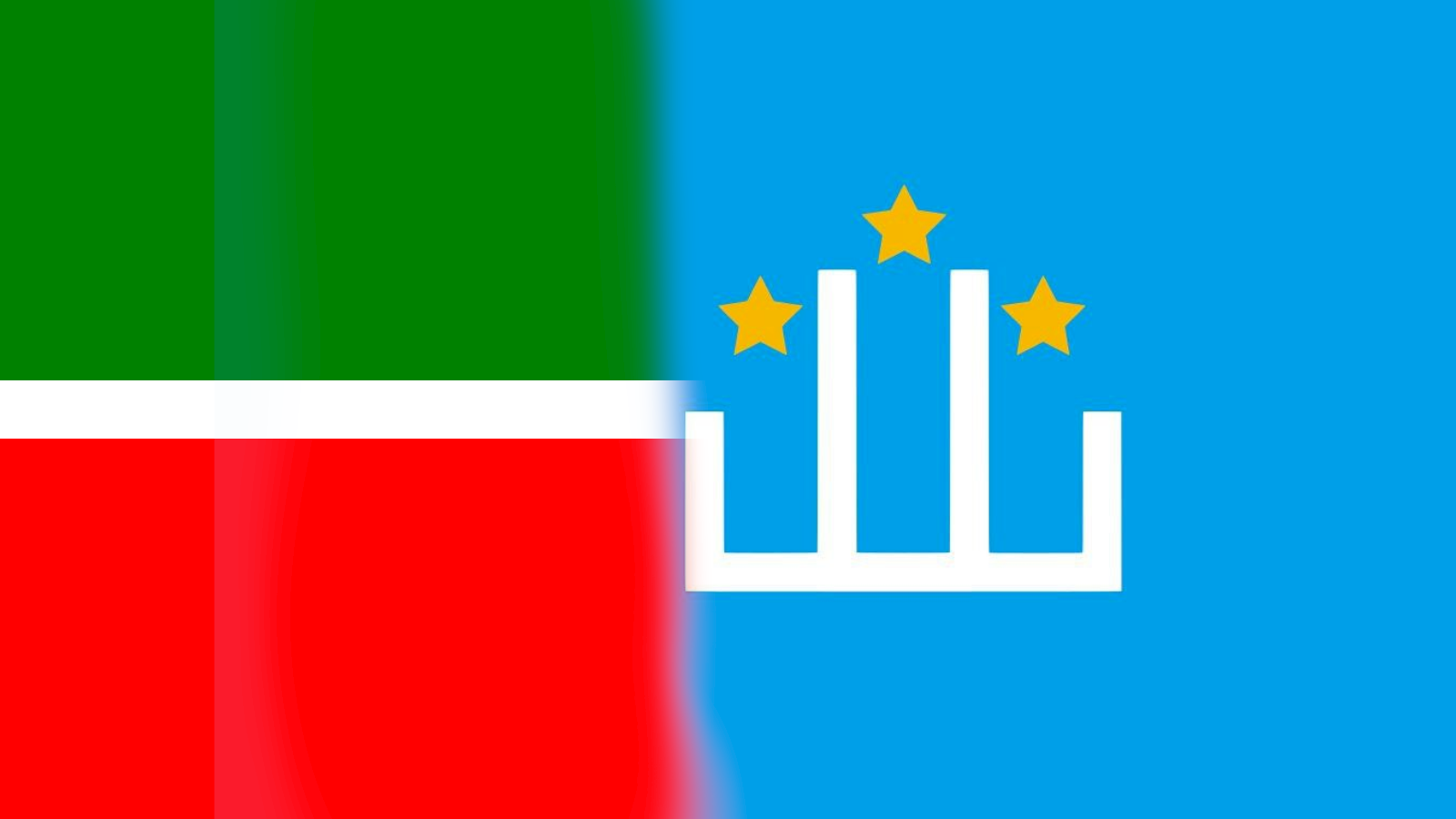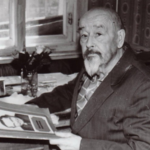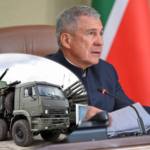Tatarstan and Kumykia: Ukrainian view of who has more chances for independence

It is no secret for anyone that thanks to the inevitable defeat of the Russian Federation in the war with Ukraine, the peoples enslaved by the under-empire will finally get a chance for independence. But this does not mean that independence will simply fall from the sky – first it will need to be snatched from the teeth of the Kremlin. This is how preparations for the decolonization of the Russian Federation look from the point of view of Ukrainians, who are now taking on the main burden of fighting Moscow – the angle from which they see the situation is very unexpected, there is something to think about.
After Russia, the Ukrainian analytical Telegram channel, considered the thesis “all of them out there are none” (to denote the inertia of indigenous peoples in the Russian Federation) using the example of Tatarstan and Kumykia (Kumyk plain). Here is the full text of their analysis.
The Volga Tatars, with all the mental and colonial mutilations, remain an imperial nation with a powerful resentment for Bashkortostan, Orenburg and Siberia.
Tatars are accustomed to think and consider themselves in the context of “above the labyrinth.” That is, Bashkirs, Chuvashs, Maris, Erzis are spinning somewhere under their feet, and they are the great combinators who buy up enterprises from their neighbors (it really happened so recently), promote their people to federal agencies and to high positions both in Moscow and in regional governments.
Tatarstan has its own state institutions with considerable traditions (yes, today most of these institutions have been reduced to nothing, but this happened quite recently). There is resentment towards Moscow because of the non-renewal of the federal treaty, the abolition of the institution of the presidency, and so on. There is some dissatisfaction at the elite level.
Some Marat Khusnullin is perceived as “our man in the Cabinet of Ministers of the Russian Federation”, moreover, as a lobbyist for Tatar interests at the federal level. That is, Tatars from Tatarstan and Bashkortostan perceive Tatars who got into leadership positions in the republican governments, or got into important positions at the federal level, as “beznen malailar” (Tat. “our guys”).
The Kumyks, who, along with the Bashkirs, are the closest and kindred people for the Tatars, have none of this and never had: neither their own republic, nor state institutions. However, there is a fundamental difference in the psychology of the masses.
The Kumyks do not perceive the Kumyks who got into the positions of the republican (Dagestan) or even the municipal level (some kind of Endirey) as their representatives. They despise them because of their inability to defend the interests of the indigenous population in front of newcomers from the mountains. For them, such Kumyks are traitors and “bedding of the Tavlins” (from the Kumyk word Tau – mountain, that is, it is about highlanders in a disparaging connotation. The Kumyks consider the mountain peoples – primarily the Avars resettled by the Soviet authorities to the Kumyk plain, the Dargins – as less advanced and less developed economically).
Moreover, among the Kumyks there is an absolute rejection of the whole state apparatus as alien one. This is due to the fact that any administration in Dagestan after Korkmasov never defended the interests of the Kumyks. One can argue with this thesis. However, in our case, it is important to objectively perceive how actors (in particular, peoples, elites) look at the world, and not how we, Ukrainians, see the situation.
Therefore, the conditional sabotage against the municipality, for example, in Aktanish (Tatarstan) and Babayurt (Dagestan, Kumyk plain) will have two opposite effects. If the Tatars perceive this as a challenge to their own security and even a threat to the very existence of the republic, then the Kumyks will gloat, and if some substation in an illegal Avar settlement flies in the air, there will be a holiday in Babayurt.
So, who is capable of what? Who has more chances and opportunities to create their own independent state: the Volga Tatars or the Kumyks? Obviously, the Tatars. However, the Kumyks have the potential for a passionate explosion, which they repeatedly proved last year and this year. This is one of the largest peoples of Dagestan and Chechnya. Even though the Kumyks are now unable to either declare independence or defend it, they are capable of shaking Dagestan and radically changing the situation in the regions, concentrating huge Russian military forces and resources on the Kumyk Plain, which under other circumstances will be on the fronts in Ukraine.


Leave a Reply